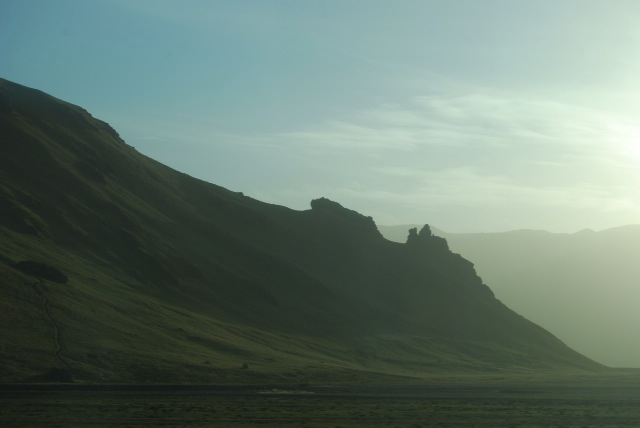The Sagas are an important part of Icelandic identity, and are very much stories of the everyday geographies of people and their quarrels and feuds, often between family members. They are bloodthirsty and grim, and funny and powerful in their nature.
Carol Hoggart has written a very useful piece in the journal Limina. This publishes pieces relating to history and cultural studies.
Read the article on the University of Western Australia (PDF download)
Iceland at the time of Norse settlement (c.870) was territory unmarked by human culture. It was a space with no history, no myths, no stories attached to it – a land with no human meaning.The ‘family sagas’ written in thirteenth-century Iceland (the Íslendingasögur) describe the past in a way that fills an empty terrain with significance – or as Jürg Glauser puts it, they perform a ‘semioticization of the landscape’.
These Old-Norse prose narratives relate the process by which landscape was culturally constructed – and, in the process of telling, the Íslendingasögur are agents in this construction of Iceland.
This essay takes as its starting point a notion that humans cannot understand their environment until it is cast in human terms. Space needs to be ‘mapped’, named, understood through (past) human interaction with it.
The tipoff to the article was one of many nuggets to be found in 'Looking for the Hidden Folk' by Nancy Marie Brown.
Image: Southern Iceland, Alan Parkinson, shared under CC license

Comments
Post a Comment